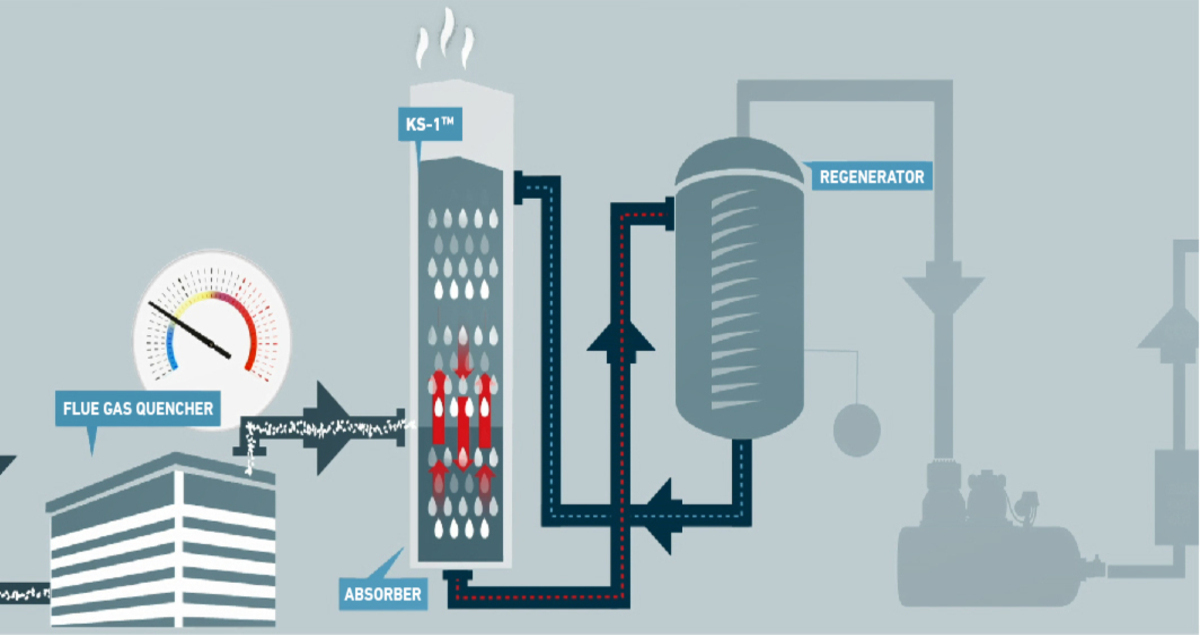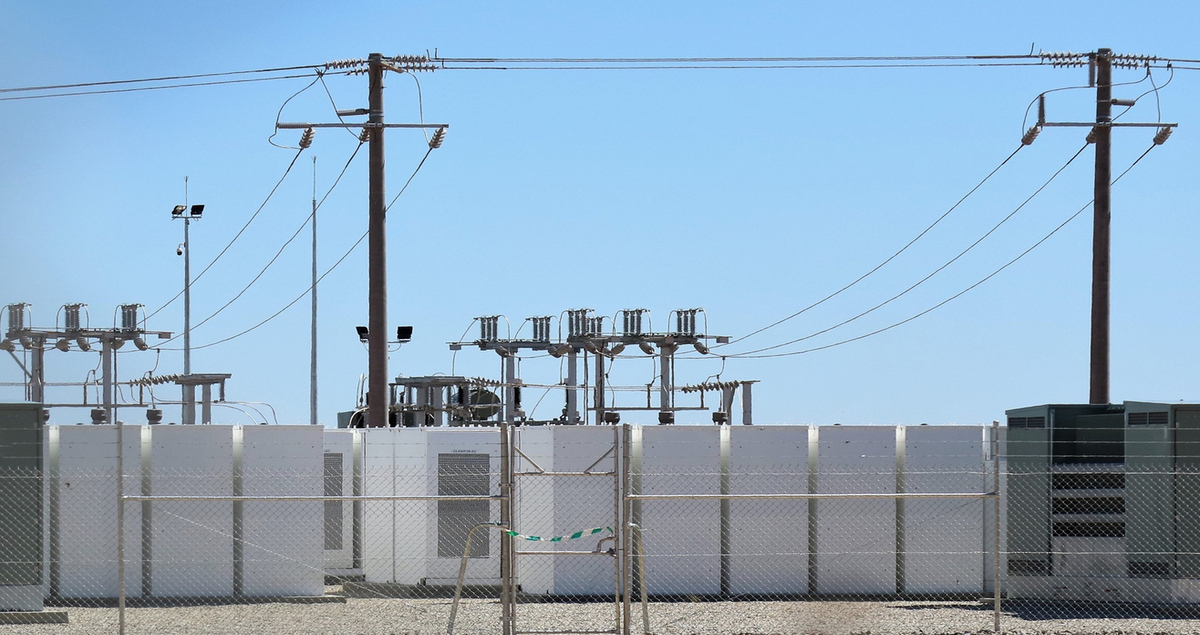Three ‘quick wins’ for decarbonization

There is still time to keep global temperatures within the 1.5°C climate target, but the window of opportunity is closing fast, according to the latest Intergovernmental Panel on Climate Change report.
To prevent the worst effects of climate change, global greenhouse gas emissions must peak by 2025 and fall by 43% this decade, the report warns.
To help reach these targets in the short term, here are three “quick win” solutions that can help cut emissions:
1. Getting smart about decarbonizing existing infrastructure
Artificial intelligence and smart solutions can help make existing and future energy infrastructure safer, more secure and more sustainable.
Mitsubishi Power, a power solutions brand of Mitsubishi Heavy Industries (MHI) Group, has developed a global network of TOMONI HUBs (Analytics and Performance Centers) to monitor power generation and energy storage sites in real time.
Located throughout Asia, the US and Europe, the platforms automatically identify performance issues and optimize operations and maintenance at the sites they monitor, pre-empting maintenance issues, improving efficiency and minimizing emissions.
Algorithms are also driving a project testing green hydrogen production in Orkney, Scotland. A cloud-based hydrogen management platform makes data-driven decisions based on real-time weather conditions, storage capacity, electricity prices and other factors to optimize energy generation from wind and tidal turbines.
Meanwhile, energy giant Shell is combining a hybrid cloud platform with a “data lakehouse” — a repository for raw data in a variety of formats — operating on the Databricks AI platform.
This can measure data from refineries, upstream facilities, wind farms and other sources on a daily basis. The use of digital technology has already eliminated up to 130,000 tonnes of annual CO₂ emissions from a single liquefied natural gas plant — equivalent to removing 28,000 vehicles from US roads each year.

2. Capturing carbon dioxide emissions at source
Carbon dioxide capture, utilization and storage (CCUS) technology has been described as a key pillar of the energy transition by the International Energy Agency, because of its capacity to harness CO₂ emissions at source. A growing number of emitters are beginning to adopt this nascent technology.
As the industry scales up, costs for CCUS are expected to fall in the same way that those for renewables such as wind and solar energy have tumbled in recent years.
MHIENG’s CO₂ capture technology (Advanced KM CDR Process and KM CDR Process in collaboration with Kansai Electric Power) is currently at work on applications around the world, including at a turbine for a natural gas plant in Italy and at gas turbine combined cycle (GTCC) power plants in Alberta, Canada and Aberdeenshire, Scotland. The company’s compact CO₂ capture systems have also been fitted to a biomass plant in Hiroshima, Japan, and compact systems are being developed for gas engine generator sets, to maximize the technology’s potential.

3. Increased battery production
Scaling up clean energy sources like wind and solar power is a key part of the playbook for reaching net zero emissions, but there’s a catch … or two.
Firstly, power from these sources can only be generated when there is wind or sunshine, so reserve power is needed to overcome intermittency. Secondly, unlike fossil fuels, power generated by renewables must be used immediately or stored for later use.
As a result, demand for battery storage for energy has increased exponentially and continues to surge.
At the same time, the global transition from petrol and diesel engines to electric vehicles (EVs) is adding new demand for battery production. Demand for lithium-ion batteries to power EVs and energy storage is projected to rise 17-fold by 2030, according to Bloomberg.
Increasing production of battery storage capacity is key to boosting clean energy production and clean transport that produces no exhaust emissions.
While there is no single solution to the climate change challenge, a number of “quick win” technologies can be scaled up and put to work in unison. But these solutions are just the start, as more action is needed for the world to reach net zero emissions.
Discover more about MHI’s industry-leading carbon dioxide capture technology





